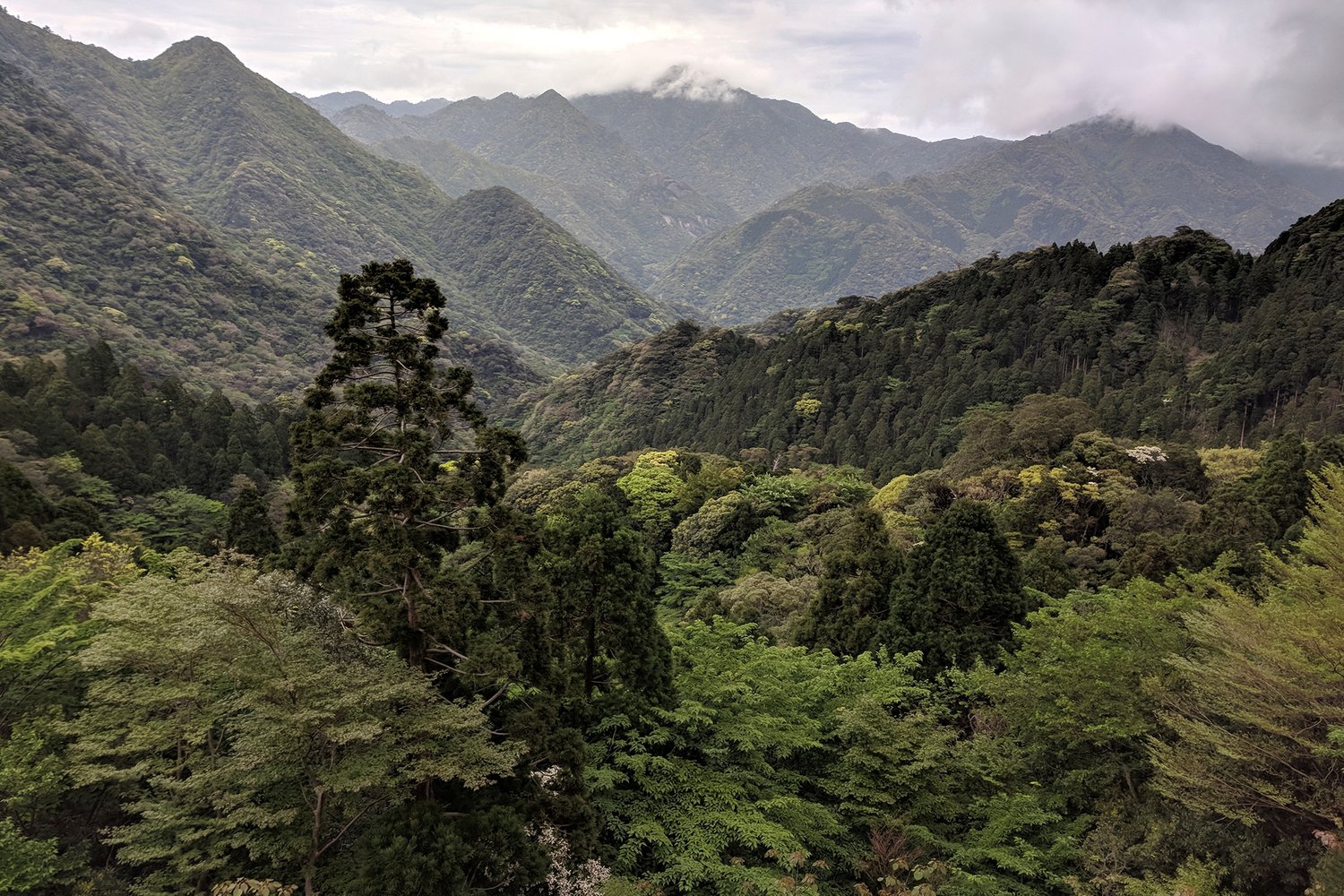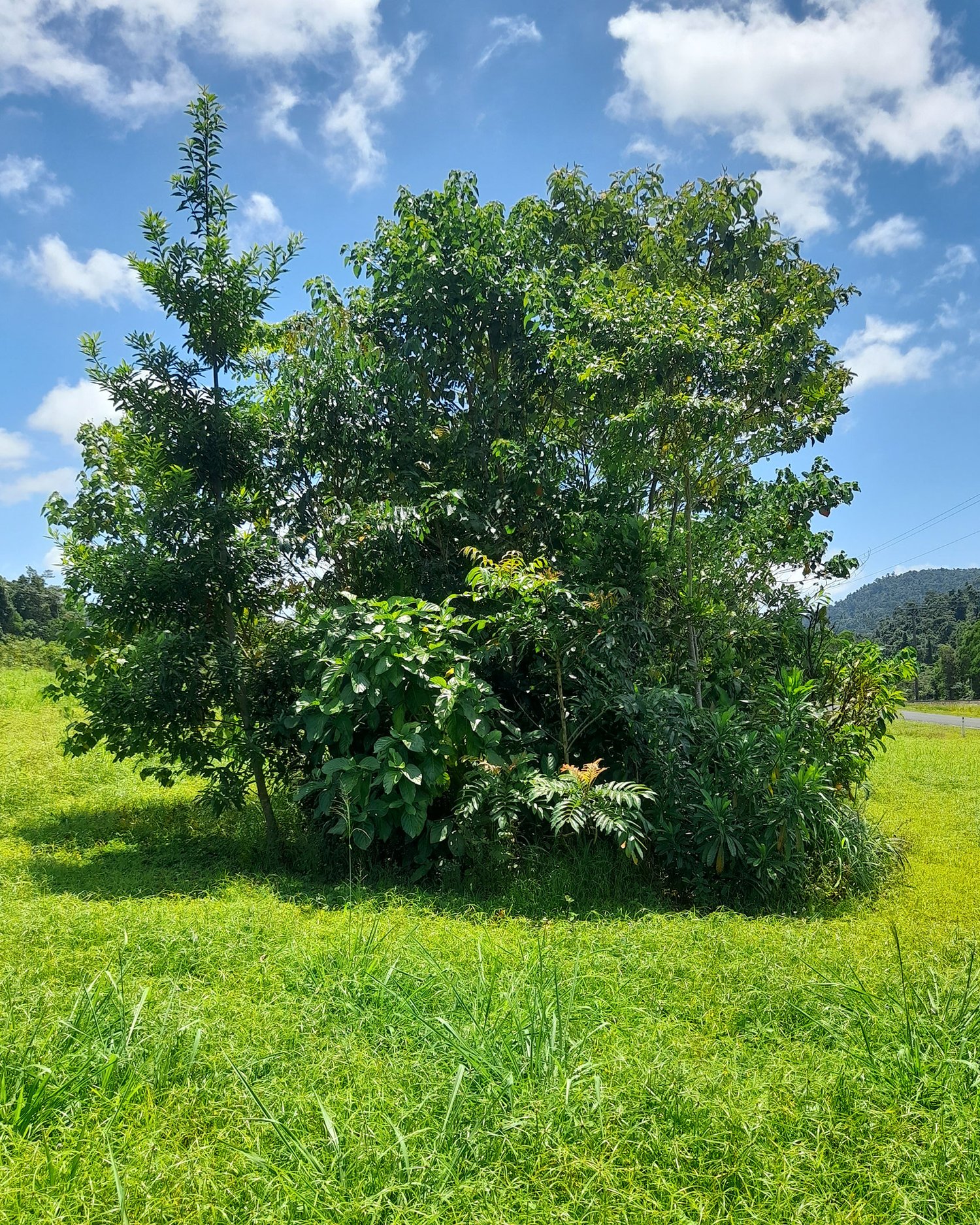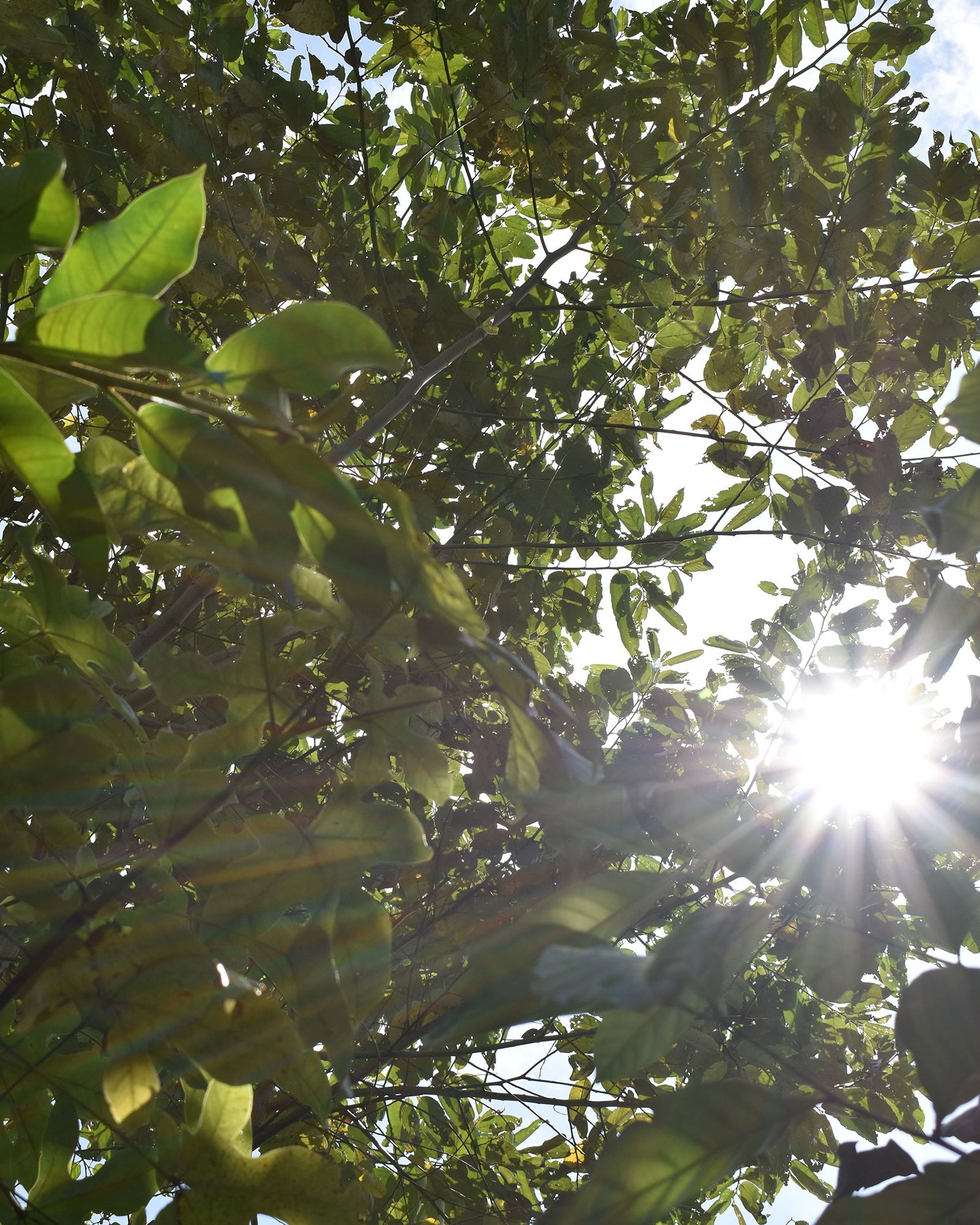
Insight
Forests are social
A New Type of Forestry: Managing Forests as Communities?
“The forest is a highly connected place, where the vitality of trees depends on the strength and attunement of their physical relationship with other trees and creatures.” Professor Suzanne Simard
Over recent decades, modern science has caught up with indigenous intelligence to discover that plants aren’t distinct entities, as previously believed. Forests are now understood to be complex adaptive systems, where trees, plants, fungi and bacteria are interconnected in a vast entangled web underground.
There are a plethora of ways that trees interact with each other in the forest. “Trees are in sophisticated relationships with their neighbours,” explains Professor Suzanne Simard, a world-leading forest ecologist and author of Finding the Mother Tree. “Involving collaboration as well as competition.”
Evolutionary theory has come to understand competition as the dominant lens through which to understand the natural world, and this theory has dictated forest management. But plants aren’t simply individuals competing against each other in the survival of the fittest, as Darwin understood it.
Forests are multifaceted, involving competition, collaboration, cooperation and communication; therefore, they need to be managed as such. As Suzanne explains, “Projecting Western values that honour competition and dominance over collaboration through management practices actually make forests sick.”

What is the Wood Wide Web?
Research has shown that a complex underground web of roots, fungi, and bacteria physically connects plants and trees beneath the forest floor. This expansive fungal network has been termed the Wood Wide Web; and as the mycologist and author of Entangled Life: How Fungi Make Our Worlds, Change Our Minds & Shape Our Futures, Merlin Sheldrake describes, “It’s the difference between having twenty acquaintances and having twenty acquaintances with whom one shares a circulatory system.”
The Wood Wide Web enables trees to communicate and pass resources between each other. Plants and trees can do this by forming vital relationships with mycorrhizal fungi; these live and grow in association with the tree’s roots to create a mutually beneficial partnership. The mutual exchange between photosynthetic organisms and fungi dates back hundreds of millions of years. In fact, “by the time the first roots were evolved, the mycorrhizal association was already some 50 million years old,” explains Merlin.
These “fungus-roots” have branching threads, or mycelium, that spread from the root tip of one tree to connect with roots of other trees and plants in a vast interwoven labyrinth. “By partnering, plants can gain a prosthetic fungus, and fungus gains a prosthetic plant,” comments Merlin. “Both use the other to extend their reach.”
Through photosynthesis, plants turn carbon dioxide into energy-rich glucose. “By growing within plant roots, mycorrhizal fungi acquire privileged access to energy-rich carbon compounds,” continues Merlin. “Plants and fungi need more than a source of energy. Water and minerals must be scavenged from the ground.” Fungi are better able to forage for these than plants, so plants gain access to these nutrients in return for the sugars and lipids. Exchange happens between the two depending on the availability of resources.

Trees use the Wood Wide Web to share resources
Trees also use the mycorrhizal network that connects them to share resources and communicate between themselves. It was the groundbreaking work of Professor David Read in 1984 that conclusively proved that carbon could pass between green plants through fungal connections. In 1997, Suzanne Simard took the experiment out of the laboratory and observed such carbon transfers in natural settings, between birch and fir.
Carbon, nitrogen and water can pass between plants via the fungal network in meaningful quantities. It seems resources move from areas of abundance to places of scarcity – from a source to a sink. When conducting her experiment, Suzanne found that shaded fir seedlings received more carbon from their birch donors than when they were unshaded.
As David Read explains, “the possibility that resources could pass between plants suggested that we should place less emphasis on competition between plants, and more on the distribution of resources within the community.”

Trees use the Wood Wide Web to communicate with each other
Trees also use the mycorrhizal network that connects them to send and receive messages.
A 2013 experiment by Lucy Gilbert and David Johnson discovered that “mycorrhizal mycelia can also act as a conduit for signalling between plants, acting as an early warning system for herbivore attack.” When aphids attack broad beans, the broad beans change the production of plant volatiles to attract aphid enemies. The experiment demonstrated that “these effects can also occur in aphid-free plants but only when they are connected to aphid-infested plants via a common mycorrhizal mycelial network.”
Trees can send signals through the fungal highway that act as cues to other plants in potential danger. To quote The Mother Tree Project, “This fungal highway is a direct way to communicate, like the internet or telephone lines.”
Seedlings linked into the fungal network are better able to survive
Suzanne Simard found that the oldest, most prominent trees in the forest were the most highly connected. These “mother trees” act as central hubs, nodes or links. A bit like a city train station or social media platform, “these well-connected hubs make it possible to traverse the network in a smaller number of steps,” explains Merlin.
Seedlings linked into the fungal network of these elders survive better, grow taller and have better nutrition than those orphaned or excluded.
“These highly connected hub trees share their carbon and nitrogen through their mycorrhizal network with the understory seedlings, which can increase seedling survival,” notes The Mother Tree Project. Energy moves downhill from where there is more to where there is less, and young seedlings predominantly grow in the shade of the mother trees.
Not only that, but elder trees can distinguish which seedlings are their own. Suzanne Simard and her team discovered that the elders favoured their kin over strangers, a phenomenon termed kin selection. Siblings seem to share more fungal connections with their mother tree than strangers, and more carbon passes between them. Mother trees also assist these new growths by reducing the size and competitiveness of their root systems.
As Suzanne explains to Atmos, “Mother trees will move some of their legacy to the next generation.” She discovered that in dying, the older trees gave back to the living. When faced with injury from disease or death, the mother tree passes even more carbon via the mycorrhizal network to its seedlings to help them prepare for the difficult changes ahead.
Unfortunately, it’s common practice for commercial logging to remove large hub trees to extract the most valuable timber. Not only does this cause severe disruption to the network, but it means they don’t give these trees “a chance to give back to a community,” laments Suzanne.

The need to manage forests as communities
“Complex networks, with central hubs, nodes and links, are highly efficient at transmitting resources and information to where it is needed most for the health of the community, this provided flexibility and adaptability for responding to change, redundancy and regeneration for resilience.” Suzanne Simard
Traditionally, commercial logging has put heavy emphasis on managing competition. Plantations are weeded of birches and aspens, believed to be diverting resources such as light, water and nutrients from the coniferous crop trees. However, this action has reduced biodiversity, increased infestations of pathogens and insects and lowered productivity.
This emphasis on competition has led the forestry industry to disregard the complexity of a forest and the intelligence of plants and fungi at a detriment to itself. “Positive and facilitative relationships are also important in the forest,” explains Suzanne, including cooperation, collaboration, competition and communication.
“When people begin to grasp that forests are societies with qualities not that different from our own, they will begin to understand our place in caring for our brothers and sisters.” Suzanne Simard.
SUGi recognises forests as flourishing ecosystems and manages them accordingly
The creation of a flourishing forest ecosystem in balance lies at the heart of SUGi’s mission. SUGi plants pocket forests using the Miyawaki Method. These afforestation principles are based on an understanding of how these species would interact in a natural old-growth forest. A dense and diverse mixture of native saplings, best suited to the particular site, are planted close together in a way that mirrors how seeds would fall naturally. And after a 3 year period of initial weeding and mulching, the forest is left to its own devices. SUGi forests aim to maximise biodiversity.
When the degraded and compacted soil is worked before planting, SUGi forest makers add a compost tea. This tea contains strains of beneficial fungi that interact with the specific tree species and a stimulant, such as molasses or liquid seaweed, to help give the mycorrhizal network fuel to grow.
“Our modern societies have made the assumption that trees don’t have the same capacities as humans. They don’t have nurturing instincts. They don’t cure another, don’t administer care. But now we know Mother Trees can truly nurture their offspring. Douglas firs recognise their kin and distinguish them from other families and different species. They communicate and send carbon, the building block of life, not just to the mycorrhizae of their kin but to other members of the community. To help keep it whole.”
Suzanne Simard, The Mother Tree








